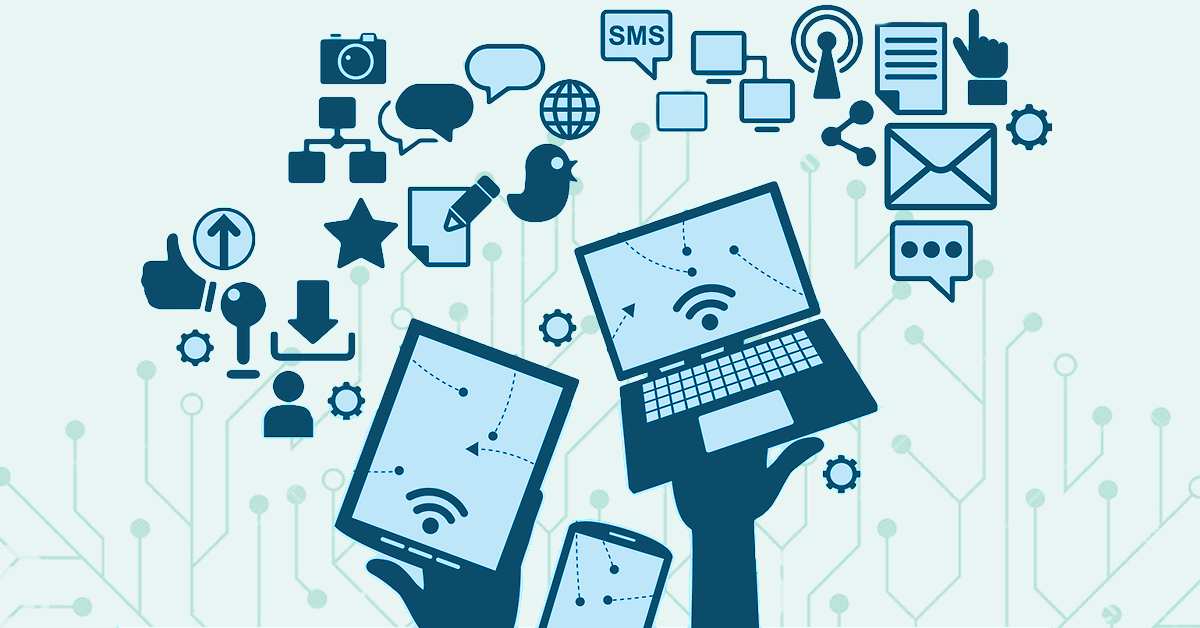Why NLP is the future of Business Intelligence
Whenever you use your Google assistant about the nearest restaurants, a complicated sequence of high-end code is activated. This sequence allows...

When we speak of standardized and structured data like database tables and financial records, the only aid that comes to our assistance is a computer. It is because of the simple fact that computers are able to process that data much faster than we humans can do. But being humans, we neither communicate in “structured data” nor do we speak “binary”. We communicate with computers using words, a form of unstructured data, with which computers suck at work because of the absence of standardized techniques to process it. Programming computers using Java, C++ or something like Python is nothing but providing the computers with a set of operational rules. Unfortunately, these rules are quite abstract and challenging to define concretely with unstructured data.
At this point, Natural Language Processing comes to our aid and attempts to combine Artificial Intelligence (AI) and computational linguistics to bridge the gap between computers and humans by enabling computers to seamlessly analyze what a user said (input speech recognition) and process what the user meant.
Based on the untiring enthusiasm and ability of computers to run several algorithms to execute a task in the blink of an eye, it is possible with the help of Natural Language Processing to perform certain tasks like Automated Speech and Automated Text Writing in a short period. This mechanism of Natural Language Processing comprises two processes which are:
Natural Language Understanding or NLU is a process which endeavors to understand the meaning of given text, nature and structure of each word by trying to resolve the following ambiguity present in natural language:
Afterward, the meaning of each word is understood by using lexicons (vocabulary) and a set of grammatical rules.
In this process, the text is produced automatically from structured data in a readable format with meaningful phrases and sentences. The problem of natural language generation is tough to deal with. It is a subset of Natural Language Processing. Natural language generation is divided into three proposed stages:
Natural Language Interaction is somewhat a conflation of these technologies in which users communicate and evoke responses from systems via natural language. Humans are able to give a command either by typing it or speaking it. An automated voice back or a typed response from the computer or machine is the interaction piece that is generated in Natural Language Interaction.
We are aware that with applications of both supervised and unsupervised learning, especially in text analytics, machine learning significantly gives support to natural language. As soon as Natural Language Processing understands the term in a document and their parts of speech, unsupervised learning can determine mathematical relationships between them. Supervised learning is then based on the outcome of unsupervised learning’s relationship determinations.
A number of natural language generation (NLG) tasks, such as text summarization, are being explored by taking up reinforcement learning. Although reinforcement learning methods show potential results, they require appropriate managing of the action and state space, which may limit the significant power and learning competence of the models.
Deep Learning’s assistance of natural language is as substantial as it is multifaceted. Techniques like Recurrent Neural Networks can leverage to give you a very accurate classification for using the results of parsing and are therefore gaining popular grip in certain text analytics platforms for document classification and entity tagging.
The requirement for semantic search is another trend anticipated to impact natural language and machine learning in the coming year. This search engages both Natural Language Processing and Natural Language Understanding and requires a granular comprehension of the central ideas contained within the text. Organizations that need to sieve through their collection of documents want the intelligence coming from Natural Language Processing and Machine Learning into a search based framework, to not only inject back into operations but also to develop an intelligent search or semantic search applications.
Text analytics is expected to remain the most extensive use case for natural language in 2019. Nevertheless, these technologies will also become more common in use cases involving speech-to-text, intelligent chatbots, and semantic search. Instigated by applications of deep learning, unsupervised and supervised machine learning, the plethora of natural language technologies will continue to mold the communication capacity of cognitive computing.
Developments in Natural Language Processing have connotations in Data Governance. It gathers profuse amounts of data from users, raising vital legal issues about data ownership, privacy, and security. Big tech corporations like Google, Microsoft, Facebook, Amazon, and others will take over more control of what we see and do, but they are not the government and for Governments to be effective, new regulations around how data is gathered and disseminated through NLP needs to be developed especially where Natural Language Processing will be tied to financial gain.
A European multinational company uses Natural Language Processing to interpret free-form text and match order requirements for groups of suppliers, intimating the procurement robot to evaluate bids and make a purchase. This could transform a business across a multiple of industries. Organizations around the world will need to be ready to gain from NLP’s existence.
Natural Language processing technology will continue to gain forward motion. In case you meet with a car accident in the near future, you will be able to pull out your Smartphone, take a photo, and file an insurance claim with an AI system. Data Science methods have been developed in Massachusetts Institute of Technology towards mapping and analyzing social systems, enabling new forms of human networks for positive change primarily based on Natural Language Processing, network science, and Machine Learning.
Cortico, a non-profit media company in cooperation with the MIT Media Lab provides nonprofit organizations and community influencers, tools and programs to connect with their audiences on greater common ground. Persons with injuries or disabilities that make it hard to write, will benefit and use machine translation based on Natural Language Processing. Natural Language Processing has emerged with a trend to transform business and its impact will only enlarge.
With the development of NLP, we can expect to see even better human to AI interaction. Devices like Google's Assistant and Amazon's Alexa, which are now making their way into our homes and even cars, are showing that Artificial Intelligence is here to stay. Within the next few years, we hope to see AI technology increase even more. As NLP matures across the Business Intelligence industry, it will break down obstacles to analytics adoption across organizations and further embed data into the core of workplace culture.
If you are looking for help with an NLP solution, do get in touch.

Whenever you use your Google assistant about the nearest restaurants, a complicated sequence of high-end code is activated. This sequence allows...

Just years ago someone came up with the idea of a robot to understand human speech and text. It was a delusion that could only be found in the...

In today’s technology-driven world, natural language processing or NLP is an attempt to integrate a human touch to the internet experience. It...